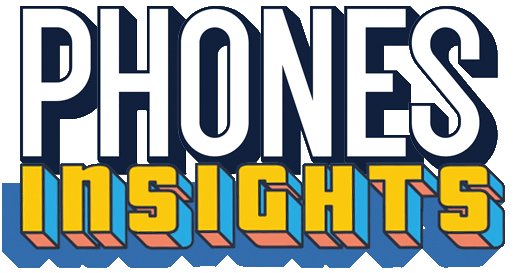What you should know
– iOS 17 was released on September 18th
– The adoption rate of iOS 17 is below normal for this stage in the release cycle
– Three small updates have been released to patch security vulnerabilities and fix software issues
– The adoption rate of iOS 17 is around 23% after 18 days
Full Story
Apple released iOS 17 to the public on September 18th, and it was a highly anticipated moment for many iPhone users. However, the adoption rate of iOS 17 has been lower than expected at this stage. Some attribute this to the three small updates that Apple has released since the initial release of iOS 17. These updates were meant to fix security vulnerabilities and address issues such as crashes and overheating.
According to Mixpanel, approximately 23% of eligible iPhone models are currently running one of the four iOS 17 releases. The majority of users, 12.13%, have downloaded iOS 17.0.2, followed by 6.84% on iOS 17.0.3, 1.76% on iOS 17.0.1, and 2% sticking with iOS 17. These numbers fall short of the adoption rate of the last two iOS 16 releases, which were used by about 45% of iPhone users.
It’s important to note that iOS 17 was pre-installed on the millions of iPhone 15 series phones that have been sold, giving it a head start in adoption. Users who have not updated to iOS 17 are missing out on some notable features, such as StandBy, which turns an iPhone into a limited “smart display” when plugged in and in landscape mode. Other features include the ability to leave video messages on FaceTime, monitor voicemail in real time with Live Voicemail, create Contact Posters, and use CheckIn to notify friends and family when arriving at a specific destination.
While some may not be aware of the availability of iOS 17 or may not see the need to update, those who have not done so are missing out on important features and improvements. It will be interesting to see if the adoption rate improves over time as more users become aware of the benefits of iOS 17.

